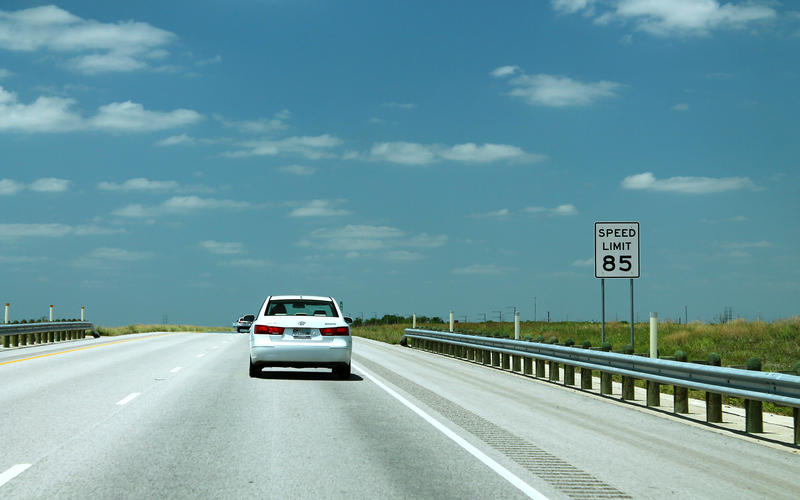Welcome to DU!
The truly grassroots left-of-center political community where regular people, not algorithms, drive the discussions and set the standards.
Join the community:
Create a free account
Support DU (and get rid of ads!):
Become a Star Member
Latest Breaking News
General Discussion
The DU Lounge
All Forums
Issue Forums
Culture Forums
Alliance Forums
Region Forums
Support Forums
Help & Search
Texas
Related: About this forumThe Struggles of The Fastest Highway in America

image by formulanone//Flickr, via creative commons license
Since opening to the public in 2012, the 41-mile stretch of Texas State Highway 130 from Austin to Seguin seemingly served its original purpose: helping drivers avoid nightmarish Interstate 35 congestion. In addition to its dizzying speed limit—the fastest in the U.S. at 85 mph—the public-private partnership tollway always seems to be empty. That’s good news for the few drivers who bail on the stop-and-go of the interstate, but—until very recently—it’s been a problem for the troubled highway.
Ground broke on SH 130 in 2003, and three years later, the first stretch of the highway opened to the public. Initially, the route only served suburban commuters in Georgetown and Round Rock, but by 2012, the highway stretched all the way to San Antonio. It’s a useful way to navigate between the two cities—especially during one of Austin’s many special events, when it can take two-and-a-half hours to travel the 79 miles between each city’s downtown. At 85 mph, however, the open stretch of SH 130 can usually be traversed in an hour and forty-five minutes.
That’s real utility, but the bottom line for SH 130—and the investors who paid for the southern section—is if it’s worth it. That’s not just an abstract question. The tolls for traveling on SH 130 are a real issue that has kept the long-haul truckers it was expected to attract from using it. A 2015 study from Texas A&M found that only 14 percent of the traffic on the road came from long-distance drivers looking to avoid I-35, and of that, only 1 percent of the traffic were the eighteen-wheelers it was intended for. Trucks looking to pay by mail while using SH 130 would pay as much as $32.07 each way for the trip, and the cost wasn’t always entirely clear to drivers. A Reddit thread from 2014 detailed the experience of a trucker who missed the less-than-prominent signage, then became outraged over the $40 he paid for taking the toll road on a trip to Dallas from McAllen and back.
So SH 130 wasn’t just an empty highway—it was a broke one. In 2013, the SH 130 Concession Company, the private company (jointly owned at the time by Spanish private infrastructure company Cintra and San Antonio’s Zachry American Infrastructure) that operated the southern section of the toll road saw its credit rating downgraded from B1 to Caa3—the “junk” status offered by Moody’s—indicating the strong likelihood that the company would end up defaulting on its $1.1 billion in debt. That same year, state Representative Paul Workman proposed buying out the company’s 50-year contract to operate the road at a cost of $3 billion, half of which would be paid by the federal government. That would have resolved the toll problem, but it potentially could have created another: Texas taxpayers were sold SH 130 on the promise that they wouldn’t be the ones paying for it. Ultimately, the bill went nowhere.
Read more: http://www.texasmonthly.com/the-daily-post/struggles-fastest-highway-america/
InfoView thread info, including edit history
TrashPut this thread in your Trash Can (My DU » Trash Can)
BookmarkAdd this thread to your Bookmarks (My DU » Bookmarks)
0 replies, 1885 views
ShareGet links to this post and/or share on social media
AlertAlert this post for a rule violation
PowersThere are no powers you can use on this post
EditCannot edit other people's posts
ReplyReply to this post
EditCannot edit other people's posts
Rec (2)
ReplyReply to this post